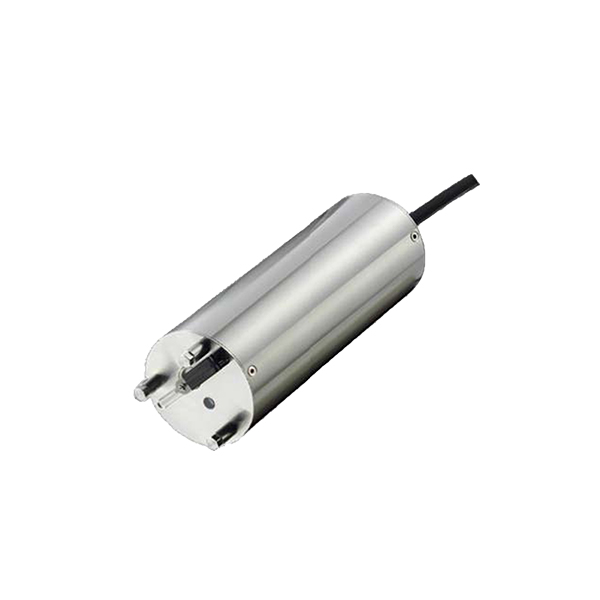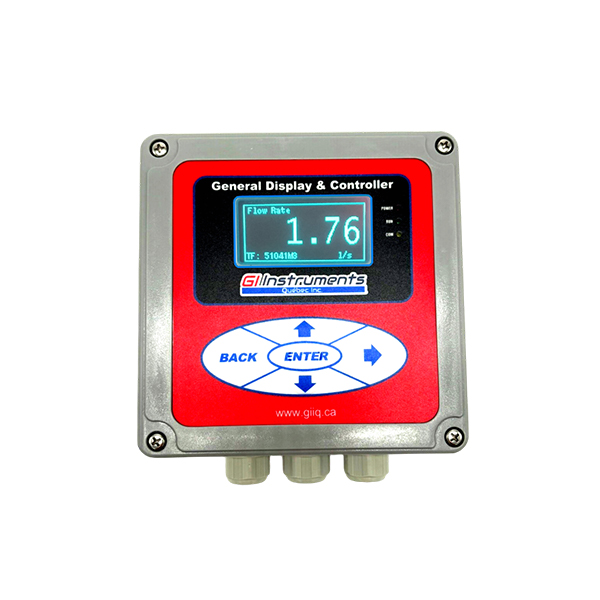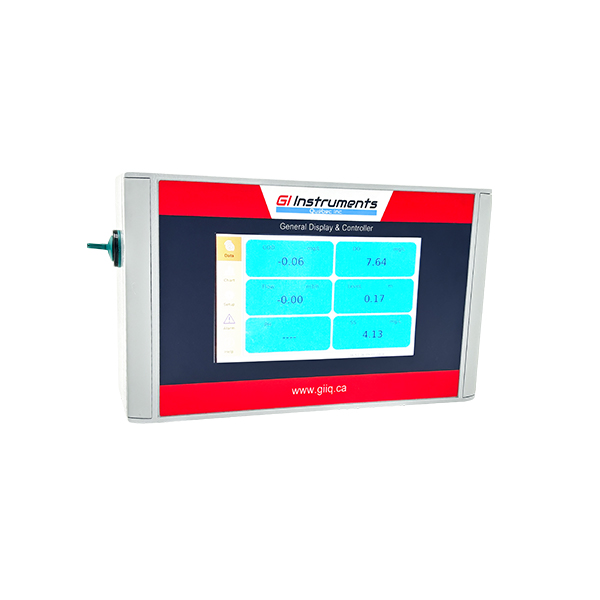Turbidity & SS Sensor
The turbidity is measured based on the intensity of the detected scattered light and the concentration of the suspended matter in the water. This is called the 90° scattered light method. With the simple optical structure, the SC7340 sensor has a high and balanced sensitivity to the suspended particles of various sizes. The higher turbidity in the water...
Product Description
Description
The turbidity is measured based on the intensity of the detected scattered light and the concentration of the suspended matter in the water. This is called the 90° scattered light method. With the simple optical structure, the SC7340 sensor has a high and balanced sensitivity to the suspended particles of various sizes. The higher turbidity in the water, the higher the amount of scattered light the SC7340 sensor receives. Nephelo metric Turbidity Units(NTU) are the units of measurement used by a nephelo meter meeting EPA design criteria. Turbidity is expressed in NTU, which is based on the light-scattering properties of a standardized formazin polymer solution.
Specification
- Range: 0~500/4000NTU 0.00~3000mg/L, 50g/L
- Resolution: 0.01~1NTU 0.01~1mg/L
- Unit: NTU, FTU, ppm, mg/L, g/L
- Accuracy: <±1%FS (Turbidity), <±5%FS (SS)
- Repeatability: ±2%FS
- Operate Temp. : 0~50°C
- Store Temp. : -10~60°C
- Protection: IP68
- Pressure: 5bar
- Material: 316L, Sapphire Glass
- Digital Output: Modbus RS485
- Power 24VDC from GDC
Feature
- Principle: Near infrared LED (880nm) and 90° scattered light method in
accordance with ISO 1027/EN 27027
- Auto-Cleaning: Automatic Wiper cleaning system
- Consumption: At regular operation 50mA(Max) ; At cleaning operation
240mA(Max)
Application
- Preliminary Treatment Stage
- Primary Treatment Stage
- Aeration Basin Stage
- Secondary Clarifier Tank Stage
- Return Activated Sludge (RAS) Line
- Waste Activated Sludge (WAS) Line
- Nitrification Basin Stage
- Final Filtration, Disinfecting, and Plant Effluent Stage Monitoring suspended solids content in the primary discharge pipe helps to automate the primary sludge discharge. The goal of control at this stage is to thicken the sludge in the funnels of the primary settling tank as much as possible. Proper control ensures that the sludge will not become anaerobic and helps avoid a discharge of primary sludge into the activated sludge stage. It also guards against a water breakthrough to the bio-solids treatment stage. Monitoring suspended solids concentration enables the operator to close the sludge discharge valve when a predetermined sludge concentration is reached, instead of depending on detention time in the primary clarifier




